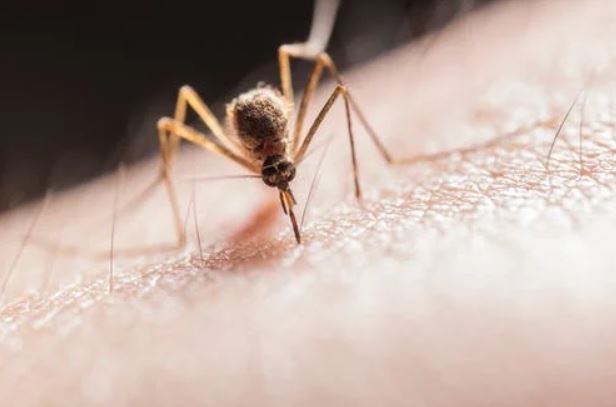Overview Of Japanese B Encephalitis
Japanese Encephalitis is a severe inflammation of the brain caused by the Japanese B Encephalitis Virus that is transmitted by the bite of infected mosquitoes in certain areas of the world, particularly Asia. This disorder most commonly affects children and tends to be more actively spread during the summer. Symptoms include high fever, headaches, weakness, nausea, vomiting, paralysis, personality changes, and coma, possibly leading to neurological damage or death.
Commonly Associated With
- JE
- Russian Autumnal Encephalitis
- Summer Encephalitis
Causes Of Japanese B Encephalitis
Japanese Encephalitis is caused by the Japanese B Encephalitis Virus, an arbovirus (mediated via insect bites), and transmitted through the bite of infected mosquitoes. Symptoms occur as the virus directly invades the central nervous system causing selective infection, destruction of nerve cells, and weakening of the immune system.
Symptoms Of Japanese B Encephalitis
Japanese Encephalitis is a rare viral disorder characterized by high fever, headaches, weakness, nausea, vomiting, mental deterioration, personality changes, psychoses, impaired speech, spastic rigidity, and paralysis of the face or extremities.
In adults, paralysis may occur on both sides of the body without altered sensation. The duration of symptoms can vary widely and convalescence may be prolonged. Some affected individuals may experience swelling and small areas of bleeding within the brain. Wasting away (atrophy) of brain and nerve cells may also occur. The immune system is also weakened by the virus, potentially making affected individuals vulnerable to more serious infections.
Related Disorders
Symptoms of the following disorders can be similar to those of Japanese B Encephalitis. Comparisons may be useful for a differential diagnosis:
Murray Valley Encephalitis is also known as Australian X Disease and is characterized by severe brain inflammation. The virus which causes this disorder is related to the Japanese B virus and is transmitted from mosquitoes to birds to other mosquitoes. Cases among children tend to be the most severe. The first noticeable symptoms may be headache, fever, a general feeling of discomfort, drowsiness and/or convulsions, and a stiff neck. Extensive brain damage may result.
Saint Louis Encephalitis is characterized by less severe inflammation of the brain and the sheath surrounding the brain and spinal cord than Japanese B Encephalitis. Group B Arbovirus causes this type of Encephalitis in sporadic outbreaks in urban areas of Missouri, Arizona, Colorado, Nevada, Texas, Indiana, Illinois, Kentucky, Florida, New Jersey, Pennsylvania, and the Ohio Valley. This disorder tends to be more prevalent during midsummer to early fall. High fever, headache, nausea, vomiting, tiredness, dizziness, neck stiffness, irritability, confusion, and speech problems may occur.
West Nile Encephalitis is also known as West Nile Fever and is characterized by severe headaches, high fever, enlargement of the lymph nodes, and inflammation of the sheath surrounding the brain and spinal cord. Inflammation of the spinal cord may also occur. Symptoms of this disorder may last only a few weeks, but it may cause permanent neurological damage.
Treatment Of Japanese B Encephalitis
Standard Therapies
In Asian nations, vaccinations are available that prevent Japanese Encephalitis. American travelers to areas at risk can obtain the vaccination in the United States. High-risk areas include India, Bangladesh, the eastern part of Russia, China, Korea, Nepal, Burma, Viet Nam, northern Thailand, tropical areas of southeast Asia, southern India, southern Thailand, and Sri Lanka.
Short-term travelers to Asian urban centers are at low risk to contract this disorder. The mosquitoes which transmit the virus appear in the greatest numbers in rural areas where standing water may be common and are most active at dawn, dusk, and on overcast days. Precautions against mosquito bites such as sleeping in screened quarters under mosquito netting, wearing clothing that adequately covers the skin, and using insect repellents on exposed skin are also advised. Repellents containing over thirty percent active ingredient N,N-diethyl-meta-toluamide (“deet”) are recommended.
Source



